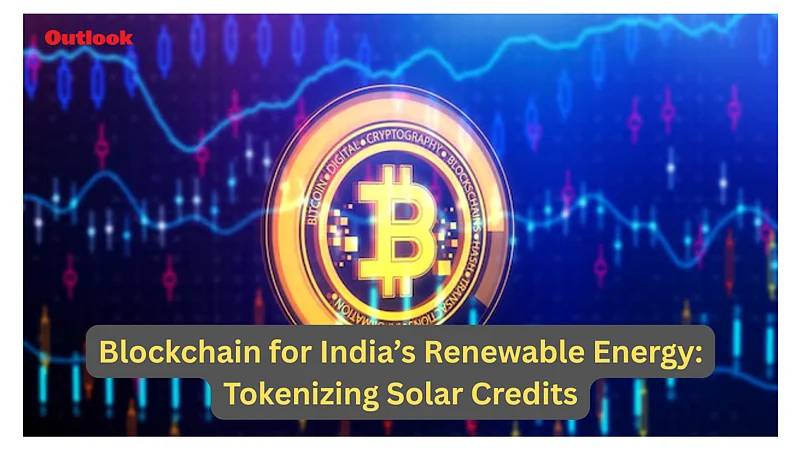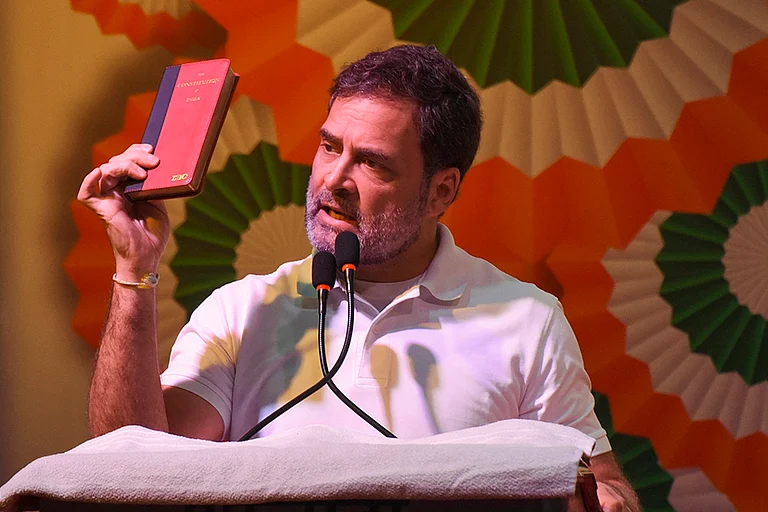The Increasing Demand for Innovation in India's Green Energy Initiative
India is in a singular position of opportunity and challenge for renewable energy. With its ambitious national renewable energy targets to enhance climate-friendly energy capacity, mainly solar power, the nation is racing against time to access clean energy in a sustainable manner. However, it is not necessarily a matter of building solar panels or windmills. It calls for innovations that have the capability to overcome system barriers—efficiencies, opacity, convoluted regulatory structures, and underrepresentation by smaller players.
Here comes blockchain technology, with its decentralized, transparent, and tamper-evident qualities, to find favor. Especially, tokenization of solar credits has tremendous potential for India's changing energy landscape.
What are Solar Credits and Their Current Constraints
Solar credits, usually within the broader renewable energy certificate (REC) systems, are certification that renewable energy has been produced from some amount of electricity. Credits enable producers to capitalize on the environmental qualities of clean energy, selling them at times to utilities or firms that must comply with renewable energy mandates.
There is a REC system in India, but it has several impediments. Issue, trading, and validation of these credits are largely dominated by central institutions and are riddled with lags, opacity, and limited access. Small producers like the owners of rooftop solar panels or community solar facilities often find it difficult to engage substantively in these markets. The red tape may deter many from trying to sell their clean energy production.
How Blockchain Empowers a New Paradigm
Blockchain technology is a welcome respite from this onerous model. Essentially, blockchain enables the development of decentralized ledgers upon which one may safely and transparently store transactions, viewable to all who have an interest in real-time.
Tokenizing solar credits on a blockchain enables each unit of clean electricity produced to be digitally representable as a distinct token. This token basically is a commodity that can be traded and a form of ownership in generating clean energy. For each solar panel that supplies power to the grid, an equivalent token can be automatically created, authenticated, and given to the producer. These tokens may then be exchanged on open markets with substantially fewer middlemen, providing liquidity and access even for small producers.
Significantly, blockchain systems also ensure that each credit is unique and un-countable, addressing the topmost challenge that typically torments traditional systems.
Democratizing Renewable Energy Market Access
Tokenization of solar credits with blockchain technology has the best exceptional effect in democratization. Historically, entry into energy markets has been reserved for giant corporations and utilities that are owned by the state. Under tokenization, neighborhood businesspersons, cooperatives, and small household generators can join on an equal basis.
For example, an Indian rural household that invests in solar panels can be reimbursed in terms of tokens for the energy that they contribute to the grid. Companies or individuals who want to reduce their carbon footprint can purchase the tokens, providing the household with a secondary source of income and promoting the use of renewable energy.
This. Democratization also enables more community participation. Communities can collectivize resources to construct larger renewable energy facilities, share the returns, and take turns with responsibility for local sustainability initiatives.
Transparency, Trust, and Efficiency
One of the issues India's renewable energy sector has been plagued by for many years is a distrust and inefficiency in the manner credits are verified and exchanged. Blockchain technology's transparency makes it so all parties involved—producers and regulators, as well as consumers—can track the full life cycle of each and every solar credit. Smart contracts, programmable contracts that are part of the blockchain, are able to conduct transactions automatically, allowing for timely settlements and the saving of administrative expenses.
This enhanced efficiency works for producers as well. Businesses that are working to achieve sustainability goals can buy verified solar credits with certainty, knowing both the origin and the legitimacy of each credit. Regulators also have a better chance of monitoring adherence, through impenetrable records that minimize the opportunity for fraud or manipulation.
Challenges to Overcome
Despite the promise, however, this shift will not be simple. Blockchain tokenization will need to be incorporated into existing regulatory frameworks, and this will mean far-reaching policy revisions. And then there is the issue of infrastructure: a stable internet connection, knowledge of digital platforms, and cybersecurity protocols must be upheld so that such mass adoption is feasible, particularly in rural and semi-urban areas.
In addition, coordination across several stakeholders—governments, power generators, finance companies, and technology players—will be necessary to create a scalable, robust system that benefits everyone.
A Vision for the Future
India's renewable energy experience is not just about fulfilling energy targets—it's about creating a system that's inclusive, transparent, and efficient that allows each and every citizen to be part of the green revolution. Tokenizing solar credits via blockchain provides us with a stepping stone toward that vision where generating clean power is not the preserve of the big players but the effort of everyone in the nation.
As technology and knowledge progress, India too has the chance to lead others by example in demonstrating how digital innovation could drive the potential of renewable energy. Through this, the country not only gets closer to achieving energy security, but it also creates a strong economy based on sustainable, decentralized, and equitable systems.

























